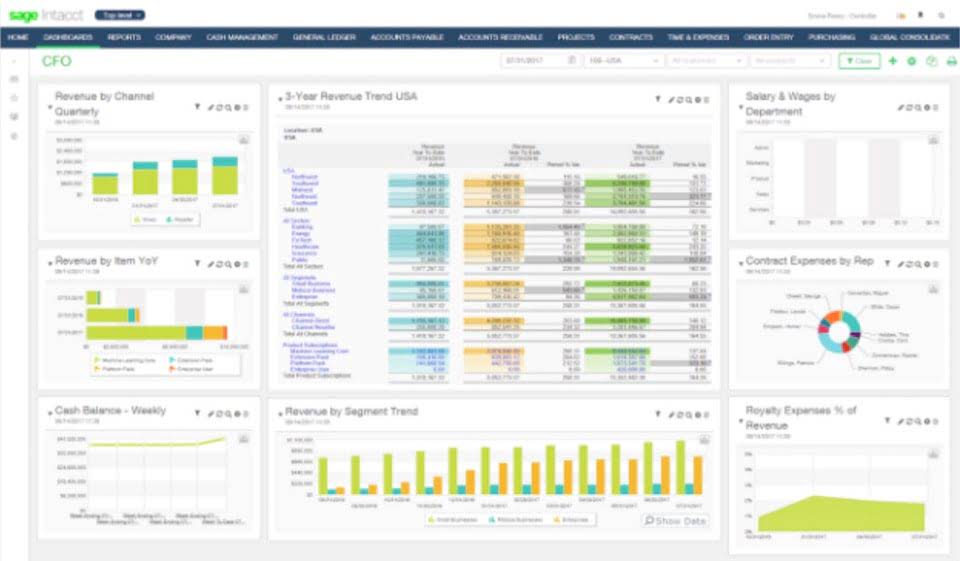
If you have outstanding receivables, reminders can also help to collect payments from customers who are overdue. It’s important to think about your AR process as a whole and identify weak points to be improved. If you have a low ratio, consider ways you can improve your accounts receivable processes and efficiency. This could include implementing better policies for handling late payments, or adding automation to your AR process to speed up the steps needed. A higher ratio shows you’re doing a better job at converting credit sales into cash. Your receivables turnover ratio can give insight into your AR whether your practices are leading to a healthier cash flow.
Since the receivables turnover ratio measures a business’ ability to efficiently collect its receivables, it only makes sense that a higher ratio would be more favorable. Higher ratios mean that companies are collecting their receivables more frequently throughout the year. For instance, a ratio of 2 means that the company collected its average receivables twice during the year. In other words, this company is collecting is money from customers every six months. Accounts receivable turnover is an efficiency ratio or activity ratio that measures how many times a business can turn its accounts receivable into cash during a period.
What is a Good Receivables Turnover Ratio?
Only credit sales establish a receivable, so the cash sales are left out of the calculation. Once you have these values, you can plug them into the formula to find the receivables turnover ratio. 80% of small business owners feel stressed about cash flow, according to the 2019 QuickBooks Cash Flow Survey . And more than half of them cite outstanding receivables as their biggest cash flow pain point. Investors are keen to see an upward trend in the receivables turnover ratio, which can be considered a positive sign for potential investment.

The numerator of the accounts receivable turnover ratio is net credit sales, the amount of revenue earned by a company paid via credit. This figure include cash sales as cash sales do not incur accounts receivable activity. Net credit sales also incorporates sales discounts or returns from customers and is calculated as gross credit sales less these residual reductions.
Average Accounts Receivable
It can also be used to compare the efficiency of a business’s AR process to others of a similar size operating in the same industry, providing that they use the same metrics and inputs. Any comparisons of the turnover ratio should be made with companies that are in the same industry, and ideally, have similar business models. Companies of different sizes may often have very different capital structures, which can greatly influence turnover calculations, and the same is often true of companies in different industries.
- The accounts receivable turnover ratio is an important indicator of a company’s financial health and efficiency.
- If you’re not recalculating the receivables turnover ratio on a regular basis, you’re leaving your company open to vulnerabilities and unnecessary risk.
- Companies with more complex accounting information systems may be able to easily extract its average accounts receivable balance at the end of each day.
- By monitoring this ratio from one accounting period to the next, you can predict how much working capital you’ll have on hand and protect your business from bad debt.
- It may not be very effective as an indicator for businesses that depend on cash sales such as grocery stores.
- Regardless of whether the ratio is high or low, it’s important to compare it to turnover ratios from previous years.
If a company can collect cash from customers sooner, it will be able to use that cash to pay bills and other obligations sooner. Low A/R turnover stems from inefficient collection methods, such as lenient credit policies which of the following represents the receivables turnover ratio? and the absence of strict reviews of the creditworthiness of customers. The beginning and ending accounts receivable are the amounts of money owed to the company at the start and end of the period, respectively.
